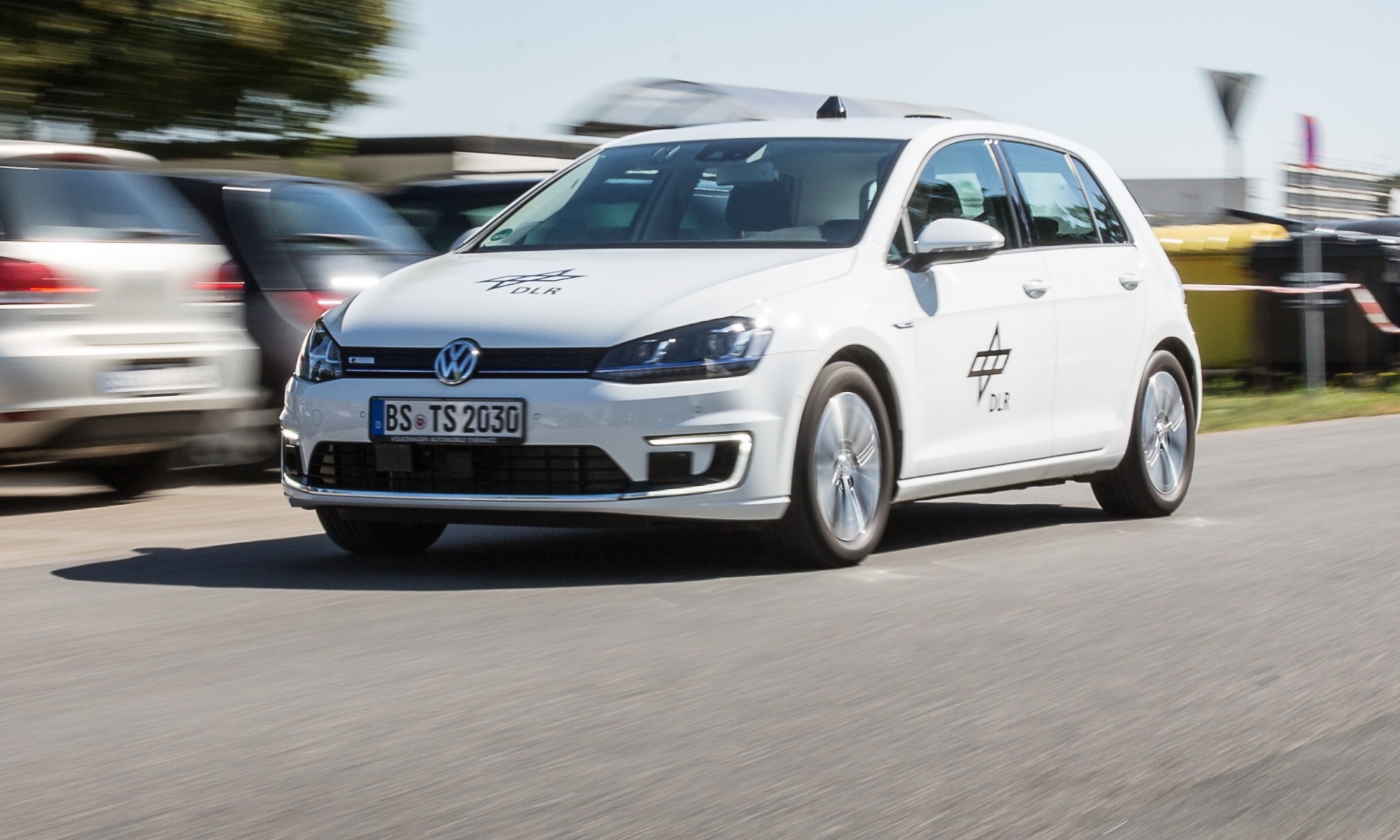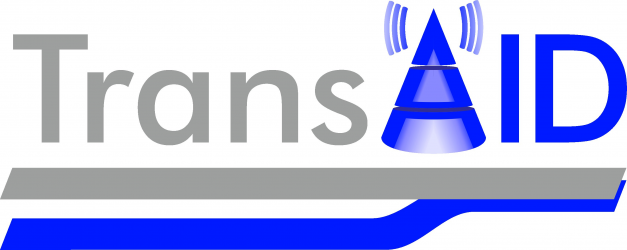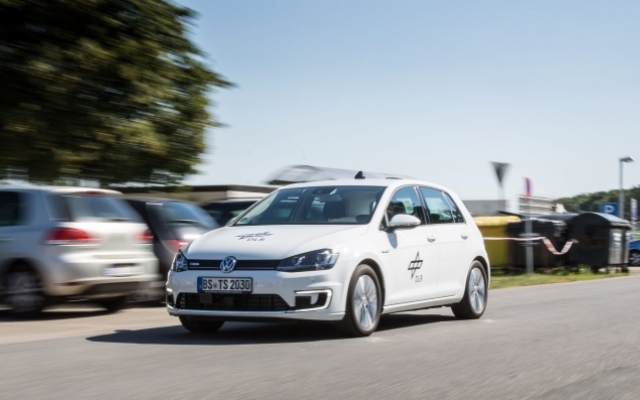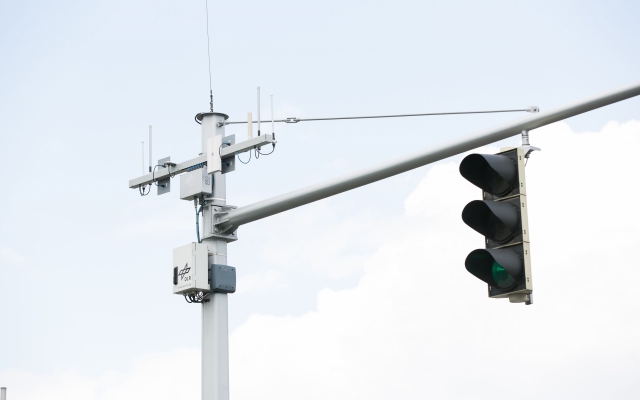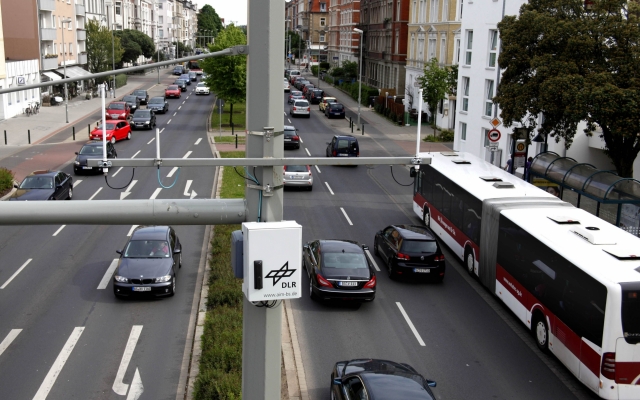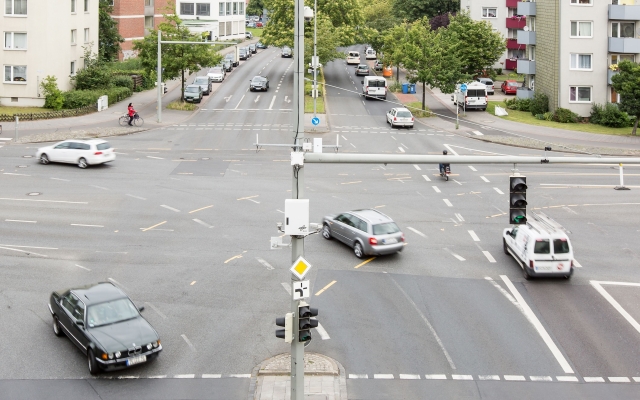As the introduction of automated vehicles becomes feasible, even in urban areas, it is necessary to investigate their impacts on traffic safety and efficiency. This is particularly true during the early stages of market introduction, where automated vehicles of all SAE levels, connected vehicles (able to communicate via V2X), and conventional vehicles share the same roads with varying penetration rates.
There will be areas and situations on the roads where high automation can be granted, and others where it is not allowed or not possible due to missing sensor inputs, high complexity situations, ... At these areas many automated vehicles will change their level of automation. We refer to these areas as “Transition Areas”.

TransAID develops and demonstrates traffic management procedures and protocols to enable smooth coexistence of automated, connected, and conventional vehicles, especially at Transition Areas. A hierarchical approach is followed where control actions are implemented at different layers including centralised traffic management, infrastructure, and vehicles.
First, simulations are performed to find optimal infrastructure-assisted management solutions to control connected, automated, and conventional vehicles at Transition Areas, taking into account traffic safety and efficiency metrics. Then, communication protocols for the cooperation between connected/automated vehicles and the road infrastructure are developed. Measures to detect and inform conventional vehicles are also addressed. The most promising solutions are then implemented as real world prototypes and demonstrated under real urban conditions. TransAID is going to prototypically implement the results on real infrastructure hardware. It is planned to use the “Application Platform for Intelligent Mobility” (AIM) for this purpose. AIM includes an ITS reference track, a research intersection equipped with several sensors, various laboratories, mobile infrastructure platforms, test vehicles, and simulation approaches (click here for more information). Finally, guidelines for advanced infrastructure-assisted driving are formulated. These guidelines also include a roadmap defining activities and needed upgrades of road infrastructure in the upcoming fifteen years in order to guarantee a smooth coexistence of conventional, connected, and automated vehicles.
The car image at the top of the page is the FASCarE, one of the research vehicles which will be used for prototypic implementations and test drives on the roads.
The vehicle is equipped with laser scanners, highly accurate GPS, lane camera, radar, ultrasound sensors, and V2X components. It offers direct access for vehicle control.
Also check out our information page at the European Commission.
